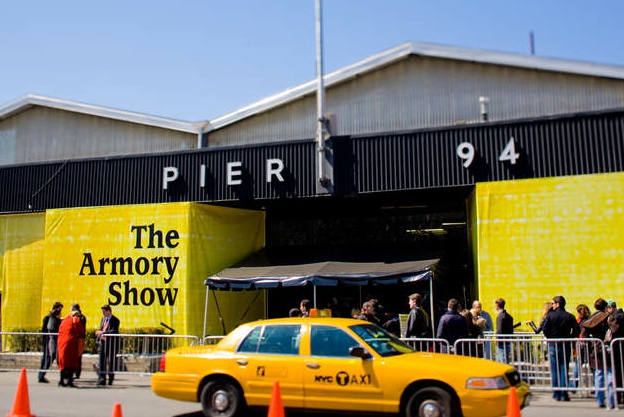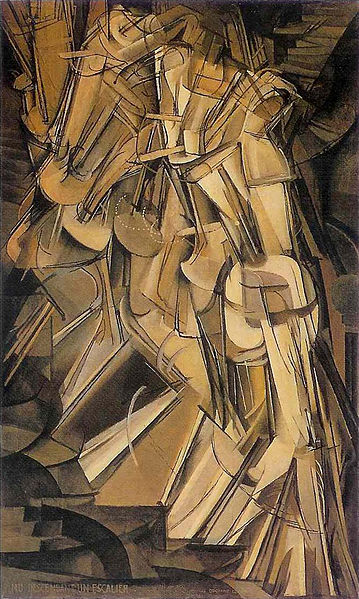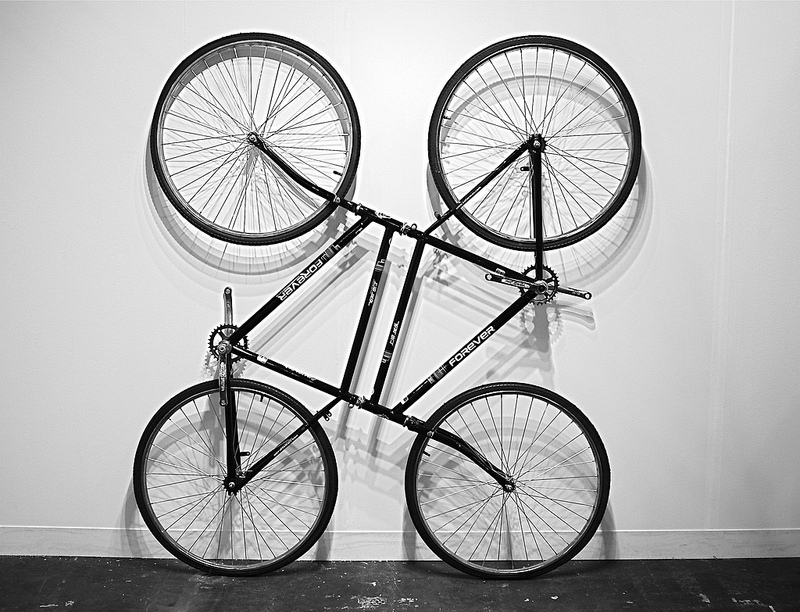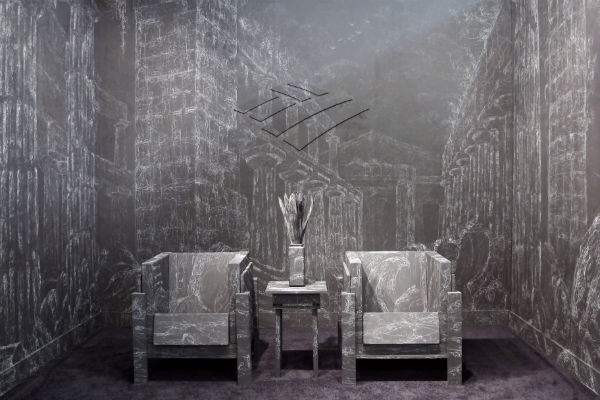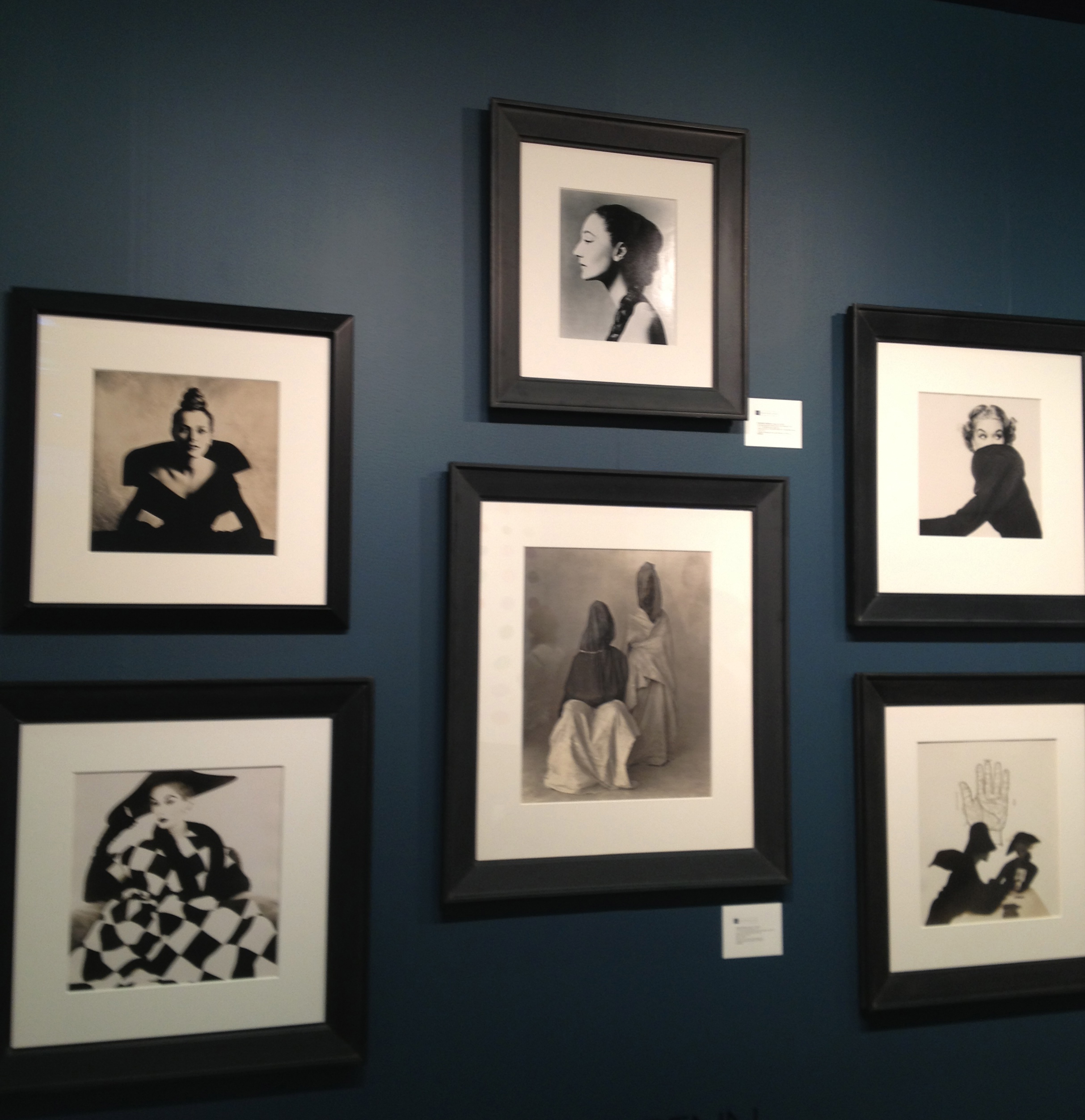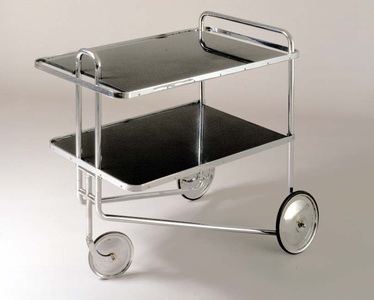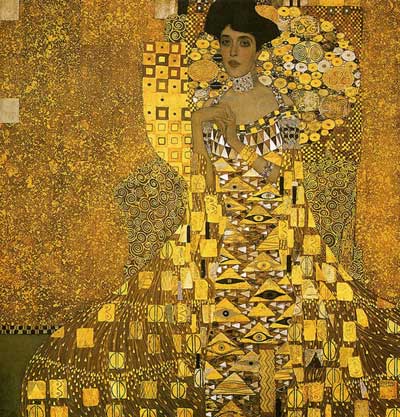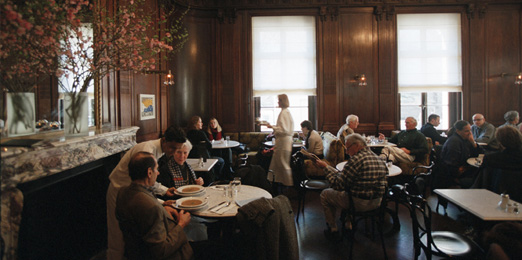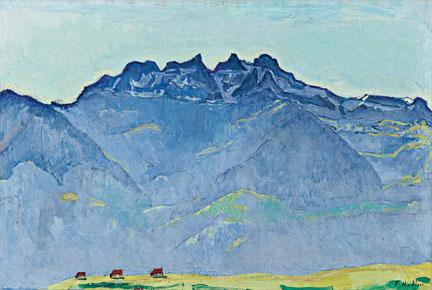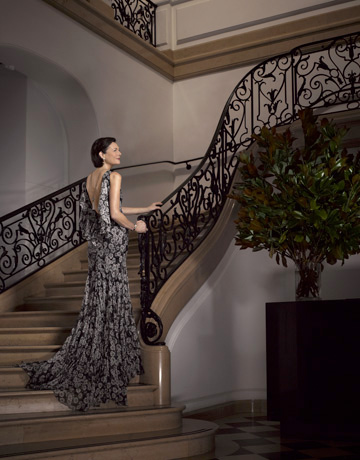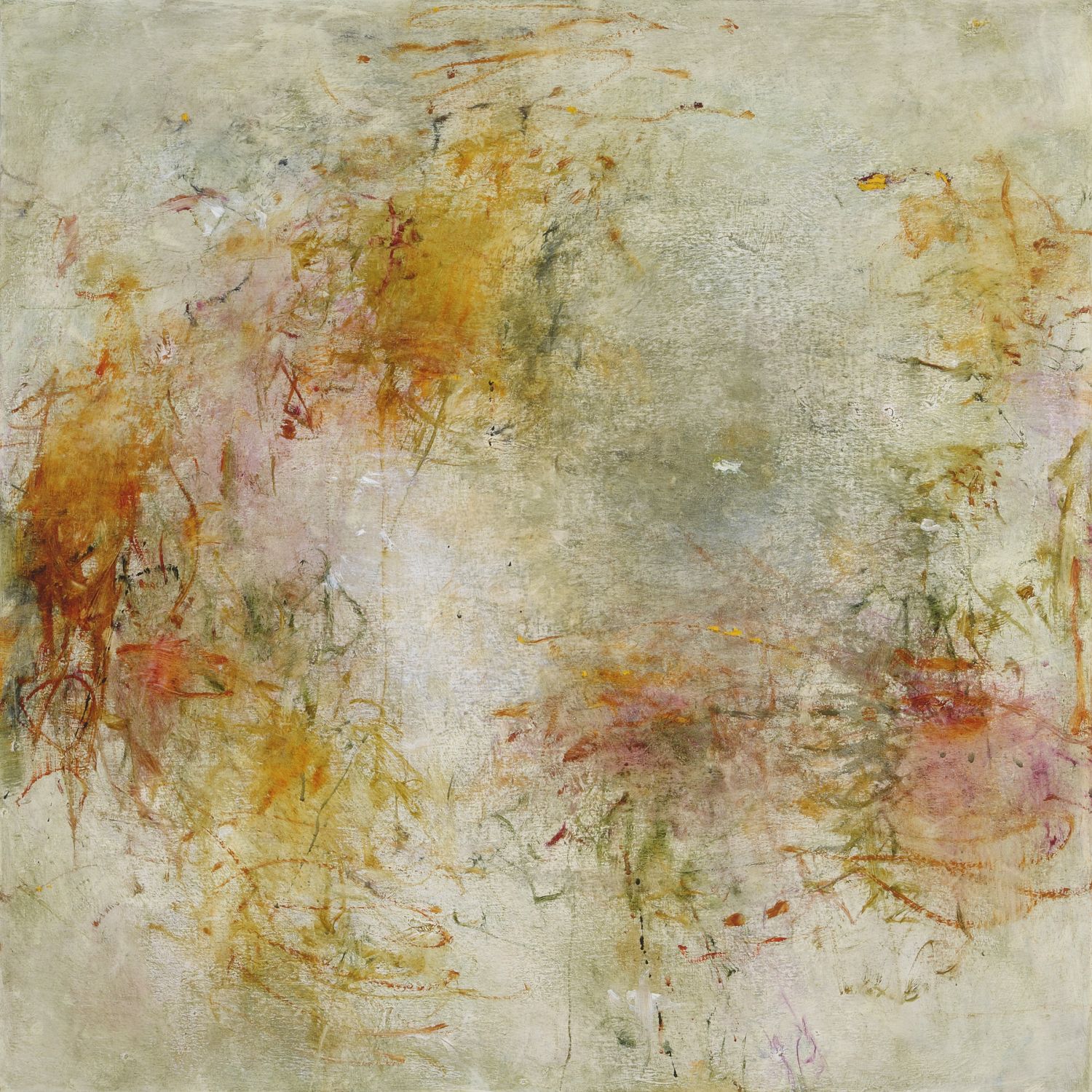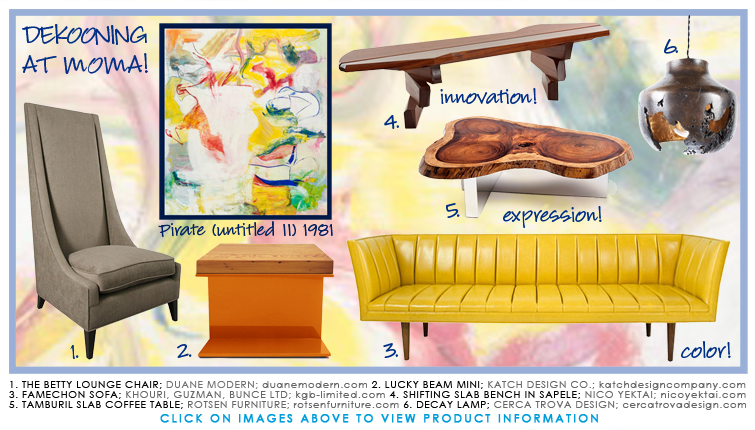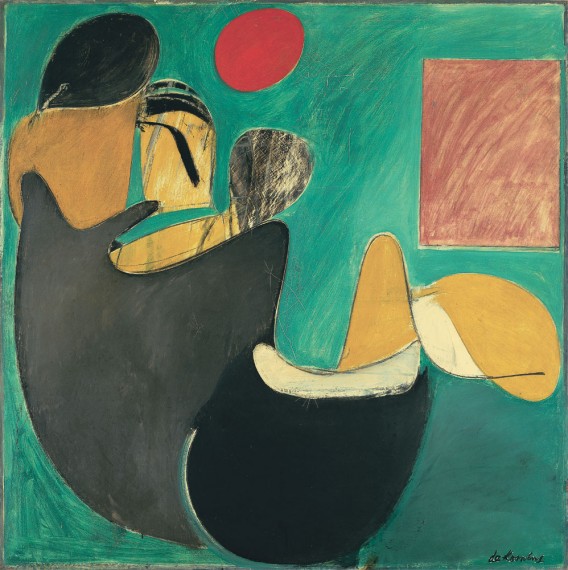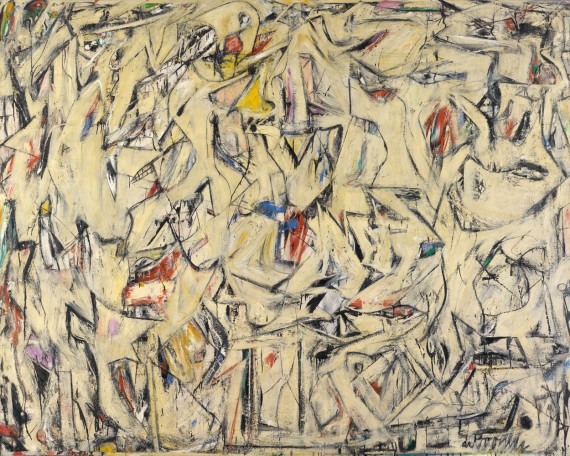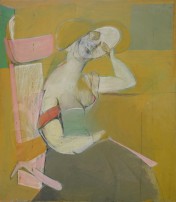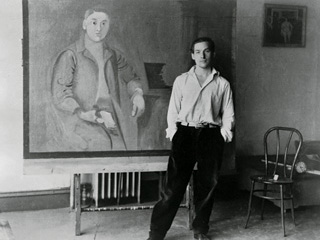Albert C. Barnes' remarkable and extensive 25 billion dollar collection of over 800 Post-Modern and Impressionist Paintings was moved to a new home last year. My husband and I visited recently while in Philadelphia. Seeing the many rooms of "ensembles”, the compositions that Barnes created, containing the legendary collection of paintings by Masters of the 20th century; Picasso, Degas, Monet, Renoir, van Gogh, Matisse, Modigliani and more, was overwhelming and totally engaging.
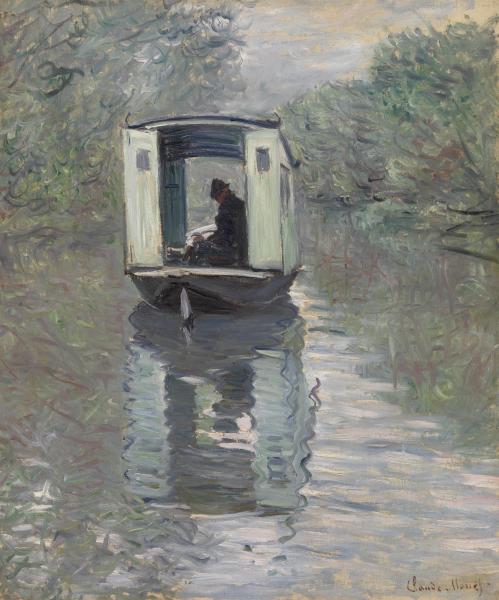
We learned of Barnes' (1872-1951) own education in art and then desire to share his collection as an aid in education. Also, interesting to learn of the controversy surrounding the future of the collection and it's 2012 move from it's original home in suburban Merion, PA. to it's new urban home, the modern "campus", which was designed by architects Tod Williams and Billie Tsien.
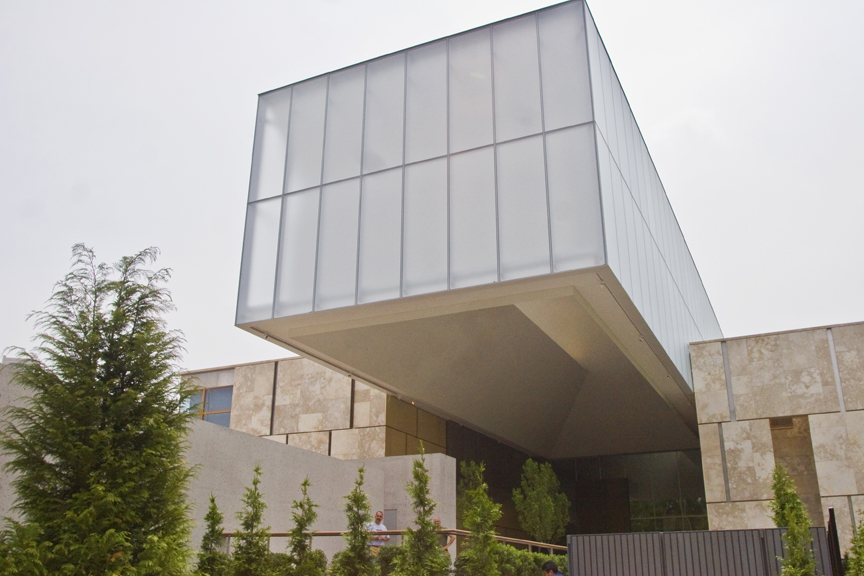
Barnes grew up very poor, became a doctor and went on to achieve professional success after developing the chemical Argyrol, used to prevent infant blindness in the 1920's. He nurtured an interest in art and began collecting, initially having his high school friend, painter William Glackens buy for him in Paris. This was in 1913, while Glackens was planning the first Armory Show (the show opening this week in NY will celebrate 100 years). His first acquisition was 33 Picassos!

Barnes began traveling frequently to purchase more work from the early modernists, Picasso, Matisse , Cezanne and others. Considered an eccentric, his interest in the new modern direction in art dovetailed with his progressive analytical and scientific thinking. His acquisitions began with fine art, but grew to include industrial and decorative arts.
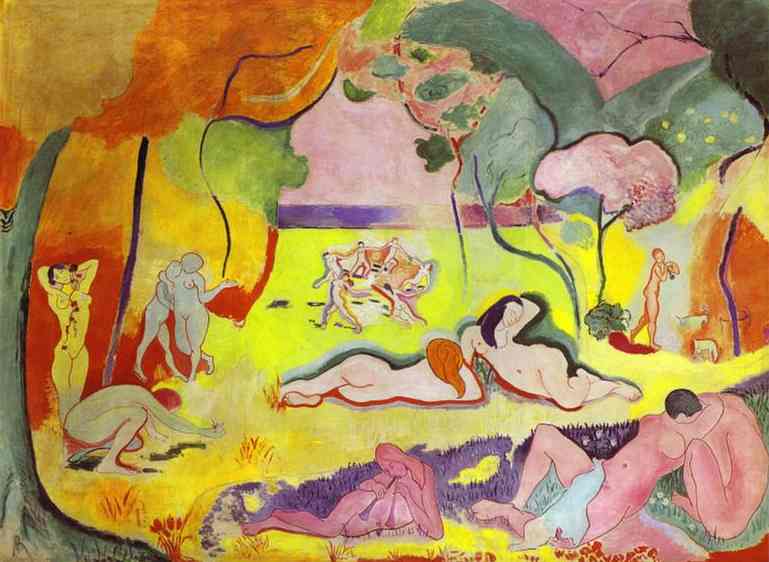
Barnes began formulating his theory, along with philosopher John Dewey and others about how people looked at and learned from art. The Art in Painting, was the first and most important of his many published writings of his theories. The Barnes Foundation was created in 1922 as a school rather than a museum, for the purpose of "promoting the advancement of education and the appreciation of the fine arts." He commissioned Henri Matisse to design a mural for the new building in 1933, The Dance ,which is shown here installed in the new building.
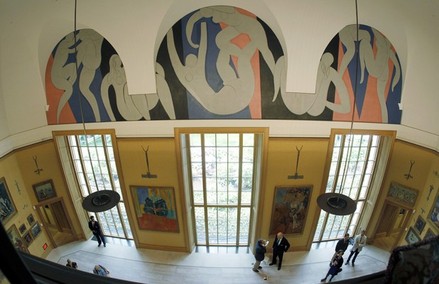
On the day we visited, the museum was filled with young elementary students and we learned of the many academic programs offered. The goal was always focused on education, to teach people how to look at art and think about it critically. From the start Barnes initiated early education programs. He stipulated that the collection would always be used to educate and part of his terms was to limit public access to provide ample time for students. This was a part of the controversy, as the museum began to struggle financially they needed to institute more programs for financial growth.
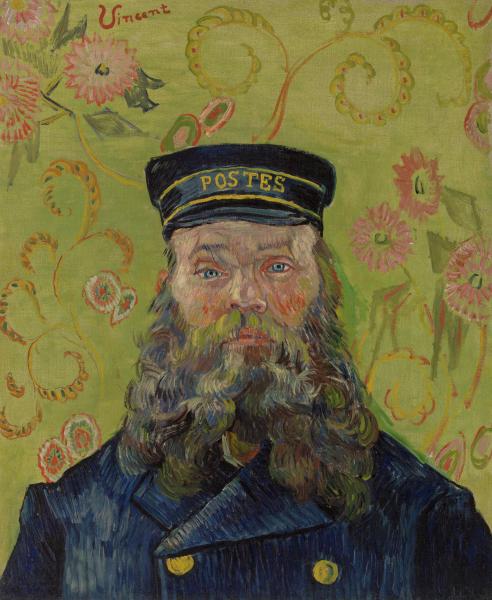
Barnes arranged his collection in "ensembles", his very personal compositions based on formal principles of light, color, line and space, as opposed to typical displays based on type of work and chronology. His biographers talk about how he constantly moved the work about , always seeking balance and symmetry.
 Another controversial point of the move was his wish that the work always be shown exactly as he placed it. The rooms in the new building were built to house the ensembles as he originally hung them and arranged them over 26 years. The architects worked to create a modern spacious environment, while incorporating these small traditional spaces for viewing.
Another controversial point of the move was his wish that the work always be shown exactly as he placed it. The rooms in the new building were built to house the ensembles as he originally hung them and arranged them over 26 years. The architects worked to create a modern spacious environment, while incorporating these small traditional spaces for viewing.
The spacious modern entry and beautiful doors to the galleries are a contrast to the smaller exhibition rooms
 We listened to a docent describe the color and weight balance of a Goya on one wall and a Renoir on the opposite wall, she explained how Barnes saw the contrast as a compliment, that enhanced the appreciation of each painting. Each exhibition rooms four walls are filled from top to bottom with incredible artworks, almost too much to see in one viewing. We are accustomed to focusing on single artworks as they are usually hung, this forces the eye to look differently, part of Barnes’ idiosyncratic approach.
We listened to a docent describe the color and weight balance of a Goya on one wall and a Renoir on the opposite wall, she explained how Barnes saw the contrast as a compliment, that enhanced the appreciation of each painting. Each exhibition rooms four walls are filled from top to bottom with incredible artworks, almost too much to see in one viewing. We are accustomed to focusing on single artworks as they are usually hung, this forces the eye to look differently, part of Barnes’ idiosyncratic approach.

Barnes amassed the enormous collection between 1912 and 1951. It contains 2500 objects. He began with paintings by European and American Impressionist and Post-Impressionists, early Modern Masters, then expanded into African sculpture, Native American textiles, metalwork and more.

His interests spanned from his medical and scientific roots to business, philosophy and art and the interrelationship of them all. He worked tirelessly to bring art education to local students. He didn't care to address the elite and those who had access to art, but rather to those who did not have exposure. He developed a collaboration with Lincoln University after being initially shunned by his alma mater, University of Pennsylvania - which eventually joined him in a program.
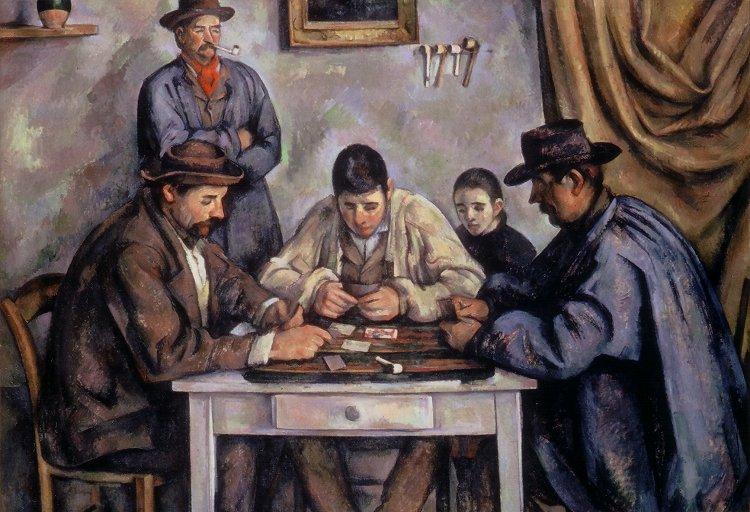
Upon his death, Mr. Barnes stipulated the conditions of his collection; he wanted the work to be shown in their original ensembles and to remain in Merion, along with the horticultural arboretum developed by his wife, Laura Legget. Financial instability led the collection to rethink it's future. A prolonged two year battle ensued about its future, resulting in a change of course as well as leadership. The drawn-out legal battle was depicted in a documentary called The Art of the Steal, which claimed that the move was a kind of "cultural heist". This issue that has recently been confronted by various institutions as they work to stay fiscally sound, as well as true to the terms of it's donors and endowment.

I haven't visited the original building, nor did I know much about the issues surrounding the Foundation's move. We enjoyed our visit, primarily because it is a remarkable collection, and the permanent exhibit, provides insight into a visionary thinker and how he came to amass a collection valued at 25 billion dollars (thought to be a low estimate given recent auction sales). I read about the issues and controversy afterwards. Seems to me that the decisions that led the Foundation to their new home has had a good outcome. It would be unfortunate if this incredible collection wasn't accessible to be seen or used as an educational tool for as many as possible - it seems in keeping with Albert Barnes' early vision. "Living with and studying good paintings offers greater interest, variety and satisfaction than any other pleasure known to man." - Dr. Albert C. Barnes
"Living with and studying good paintings offers greater interest, variety and satisfaction than any other pleasure known to man." - Dr. Albert C. Barnes

 In the color spectrum, there's a wide range of colors between red and yellow including the many shades of orange.
In the color spectrum, there's a wide range of colors between red and yellow including the many shades of orange.

 Some prefer summer walks or hikes in the mountains. Feel the breeze in Elena Lyakir's, Laughter.
Some prefer summer walks or hikes in the mountains. Feel the breeze in Elena Lyakir's, Laughter. Time in or by the water - ocean, lake or pool is summer to many. In Turning, from a series of underwater photography, artist Andrea Bonfils' conveys the weightlessness and welcome of the water.
Time in or by the water - ocean, lake or pool is summer to many. In Turning, from a series of underwater photography, artist Andrea Bonfils' conveys the weightlessness and welcome of the water.
















